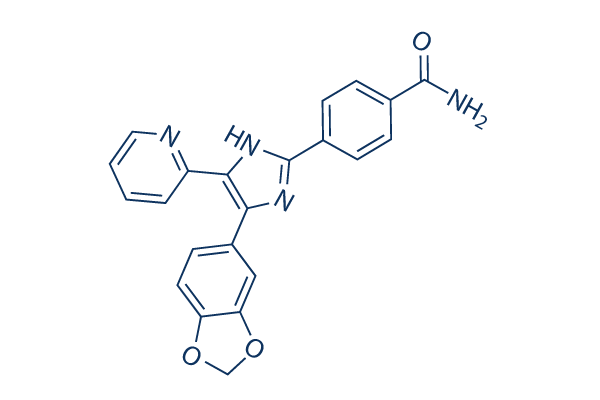Amid the proteins encoded by learn this here now nematode specific genes, TTLs signify one of your largest groups. A subset of TTL proteins has also been identified in Ostertagia ostertagi, a nematode related to H. contortus, inside the human filarial nematode B. malayi, and from the plant parasitic nematodes Xiphi nema index, Heterodera glycines, Meloidogyne incognita, and Radopholus similis. Such as, in O. ostertagi, at least 18 ttl genes have been identified by information mining, almost all of them becoming constitutively transcribed in the no cost living L3 by means of to grownup females and males. In H. contortus, a TTL continues to be isolated from ES solutions from grownup worms and proven to get immuno genic, and TTL homologs may also be abundant in An. caninum ES. These information propose the testable hypothesis that TTLs, along with SCP/TAPS proteins, play critical roles in host interactions.
Immune responses Based mostly on the latest awareness and knowing of immune responses against helminths in animals, we compiled a detailed checklist of H. contortus ES homo logs with recognized immunomodulatory Flavopiridol or immunogenic roles in other nematodes. This kind of homologs upregulated from the L4 and adult phases signify 5. 6% from the predicted H. contortus secretome, and that is appreciably reduced compared to the genome wide typical of 14. 7%. Moreover to the molecules HcES15 and HcES24, whose exact functions are still unclear, professional teins inside of this secretome that are predicted to direct or suppress immune responses involve shut homologs of N aminopepti dase ES 62 with the filarioid nematode Acanthocheilonema vitae.
ES 62 is known to inhibit B cell, T cell and mast cell proliferation responses, induce a Th2 response through the inhibition of IL 12p70 manufacturing by dendri tic cells, and promote substitute activation on the host macrophages by way of the inhibition of Toll like receptor signaling. Other molecules of H. contortus predicted for being immunomodulatory involve homologs of another B  cell inhibitor, 8 serpins and 20 NIFs. Some H. contortus ES proteins are predicted for being involved in immune evasion, as an example, some could mask parasite antigens by mimicking host molecules. In spite of some similarities amid nematode host systems, based to the nature and extent of molecules recognized, the host immune responses towards the parasitic stages of H. con tortus appear to be distinct from those associated with other nematodes, this kind of as Ascaris and filarioids, and that is supported by other experimental findings. Taken collectively, the current findings indicate that H. contortus has a considerable arsenal of ES proteins that are likely to be involved in modulating, evading, and/or blocking immune responses in the host.
cell inhibitor, 8 serpins and 20 NIFs. Some H. contortus ES proteins are predicted for being involved in immune evasion, as an example, some could mask parasite antigens by mimicking host molecules. In spite of some similarities amid nematode host systems, based to the nature and extent of molecules recognized, the host immune responses towards the parasitic stages of H. con tortus appear to be distinct from those associated with other nematodes, this kind of as Ascaris and filarioids, and that is supported by other experimental findings. Taken collectively, the current findings indicate that H. contortus has a considerable arsenal of ES proteins that are likely to be involved in modulating, evading, and/or blocking immune responses in the host.
Dehydrogenase Signal
LDH exists in four distinct enzyme classes.
